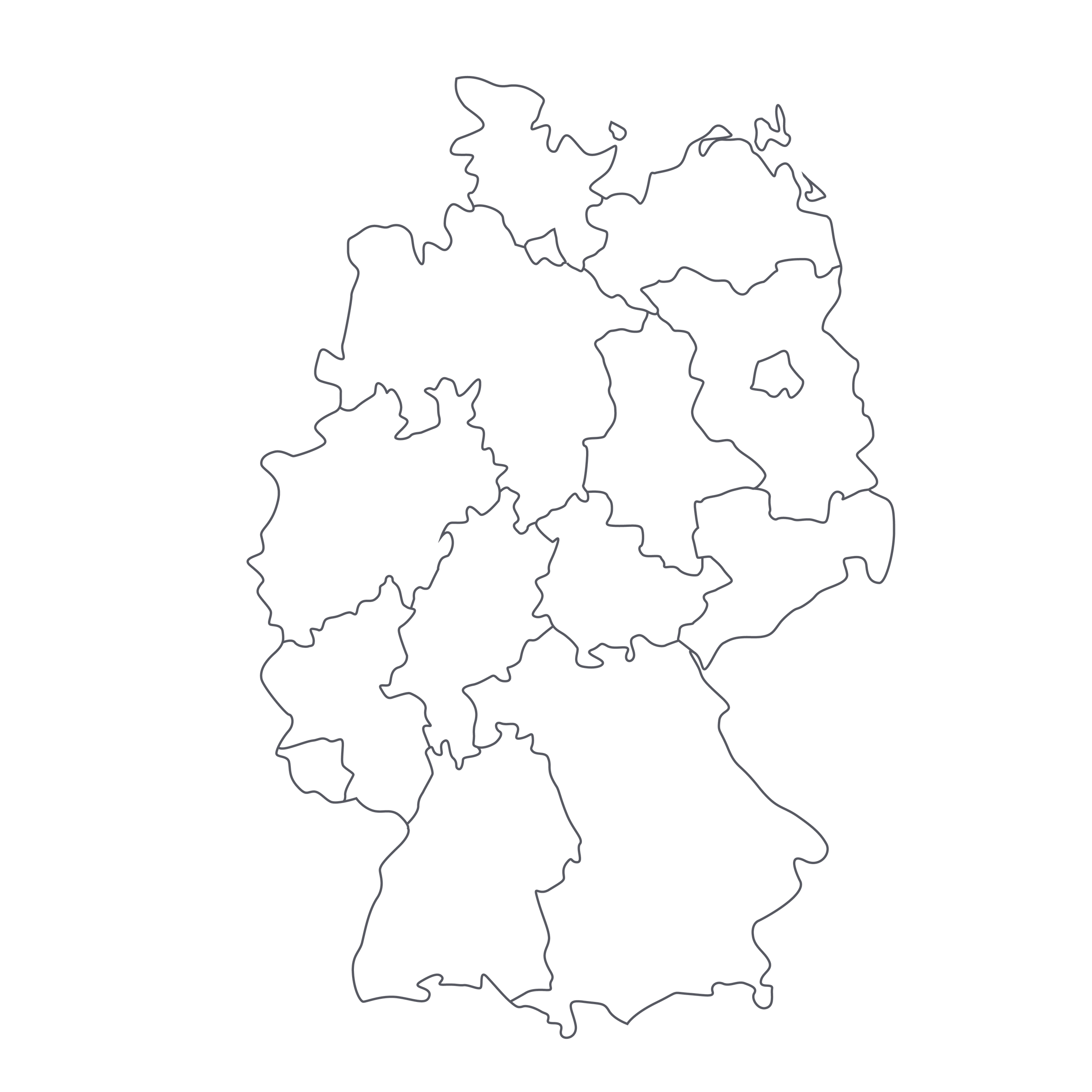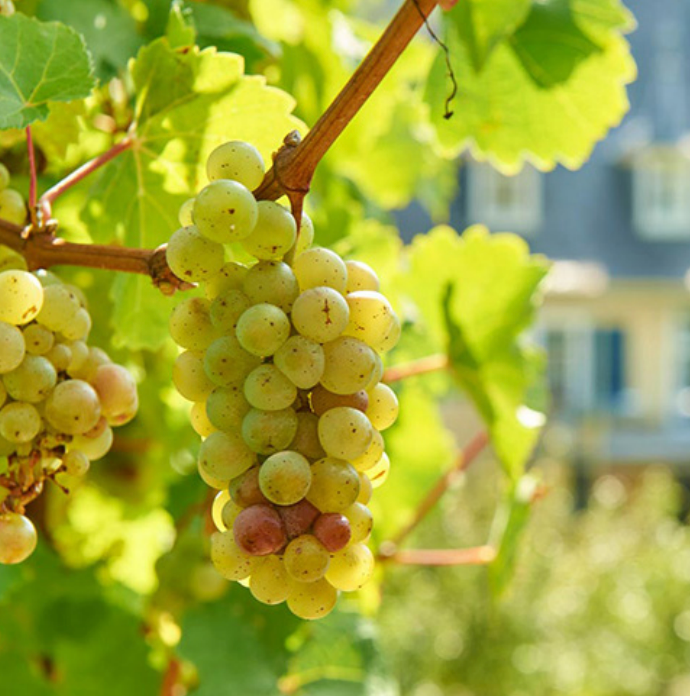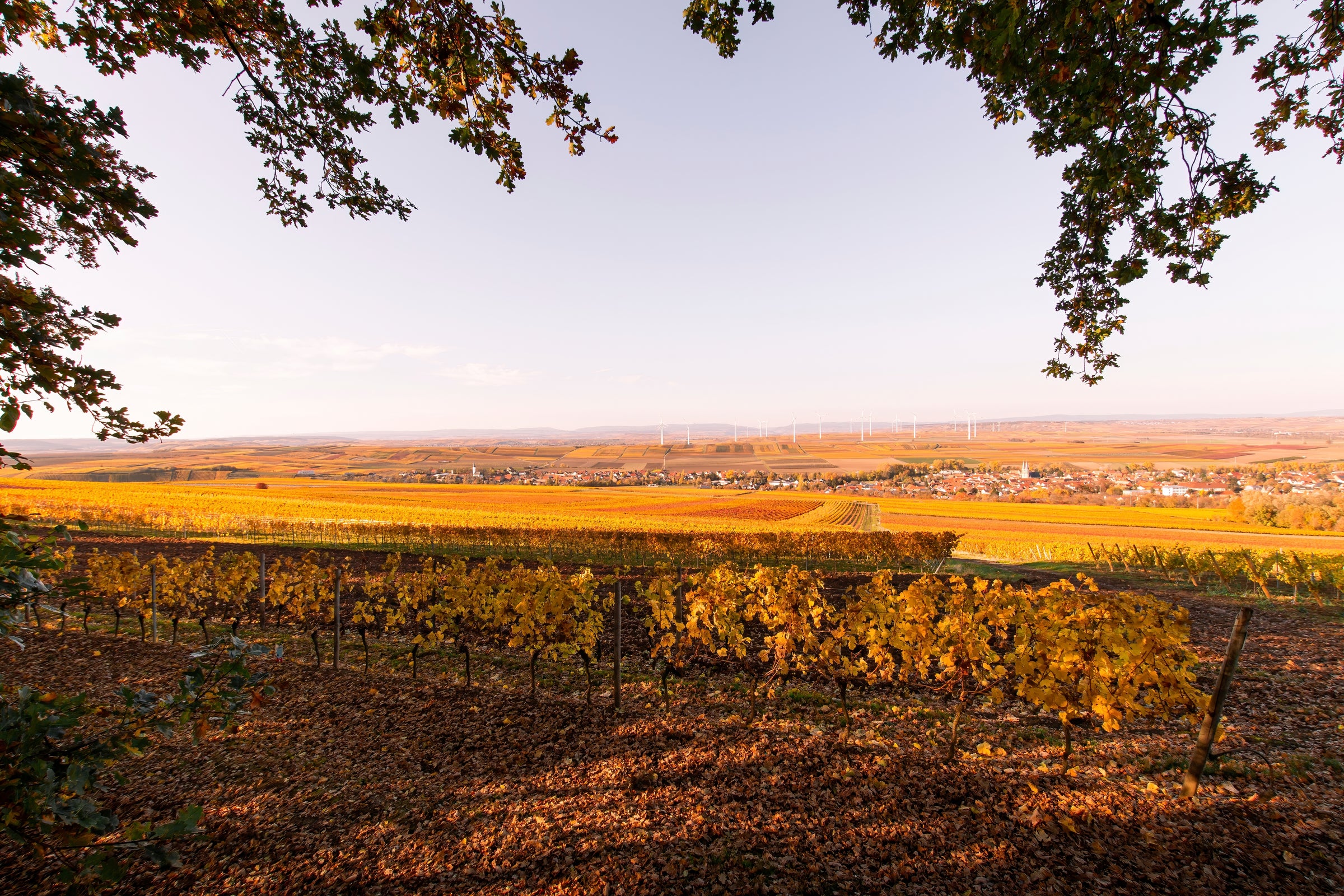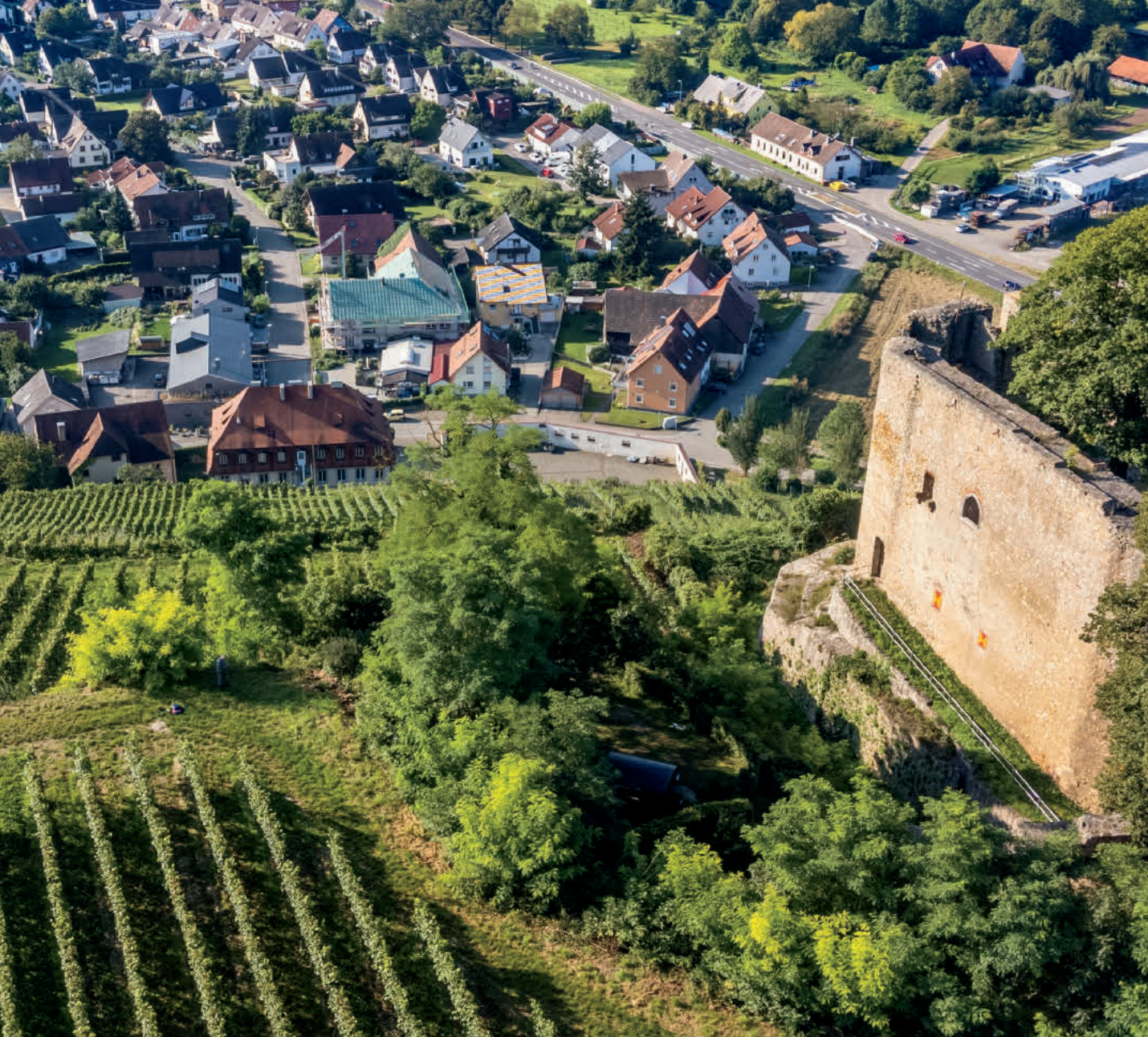I’m all for sardonic Englishmen, but the late British novelist (and famed barfly) Kingsley Amis got it all wrong on German wine. “A German wine label is one of the things life's too short for,” he is often quoted as saying, adding that it’s “a daunting testimony to that peculiar nation's love of detail and organization.” I beg to differ.
I live for the kind of place-specific geekery that graces even the most modestly priced German wines; once you get the hang of it, you’re transported to some of the most bucolic, historic, painstakingly cared-for vineyards in the world, and the wines unfailingly deliver. This bone-dry Riesling from Goldatzel, an up-and-coming property in the Rheingau, is a perfect example: For a whopping $23, you get a chiseled, lovingly crafted white from a historic vineyard in Johannisberg, one of the iconic villages in one of Germany’s most important Riesling terroirs. As far as I’m concerned, life is too short to drink generic wine; all of those long, hard-to-pronounce words on this label are music to my ears.
So, let’s practice: Goldatzel is the name of the estate, a fairly recent addition to the portfolio of German wine impresario/importer Terry Theise. “Johannisberger Vogelsang” is the classic village-vineyard pairing seen on so many German labels: the “-er” suffix means that it’s “from,” or “of” Johannisberg, a village within the city of Geisenheim (where Germany’s most famous enology school is located). Vogelsang is one of a legion of historic (it dates to 1399), whimsically named (it means “birdsong”) vineyard sites devoted to the Riesling grape. “Trocken” means “dry,” which, for many Riesling lovers, is an important clarifier—there’s no room for ambiguity.
The Vogelsang vineyard is somewhat atypical in terms of soil composition, with a mix of gravel and stones with a sandy-loam subsoil. Goldatzel’s holdings on this site are more than 70 years old, and are part of a 12-hectare estate managed by young Johannes Gros, working alongside his sister and parents. About 80% of their production is Riesling across different soil types and styles: This 2015 Vogelsang, boasting an extra gear thanks to the sublime 2015 vintage, was fermented on natural yeasts in stainless steel, and boasts incredible clarity and impeccable construction. I can’t help but return to the price for a moment: German Riesling’s baseline of quality-for-dollar may well be the highest of any white wine in the world.
In the glass, the 2015 “Johannisberger Vogelsang” from Goldatzel is a greenish-gold in the glass, with a highly perfumed nose of lime blossom, white peach, petrol (thanks, 2015), white flowers, green mango, and crushed stones. These flavors carry through to a medium-bodied palate of real substance and mouth-watering acidity. It finishes with a mineral flourish, without any lingering sweetness despite all the generous fruit. Delicious now, I’d give it maybe 30 minutes in a decanter before serving in all-purpose white wine stems or specialty Riesling glasses, at a temperature of about 45 degrees. If you were to lay some down, it should continue to improve through 2020, and will make a perfect partner to a wide variety of Thai, Malaysian, and Vietnamese dishes. I love the flavor components in the attached Thai Green Mango Salad. As always, good German Riesling makes me hungry. And I’m already thirsty, so we’re good to go! Enjoy.






